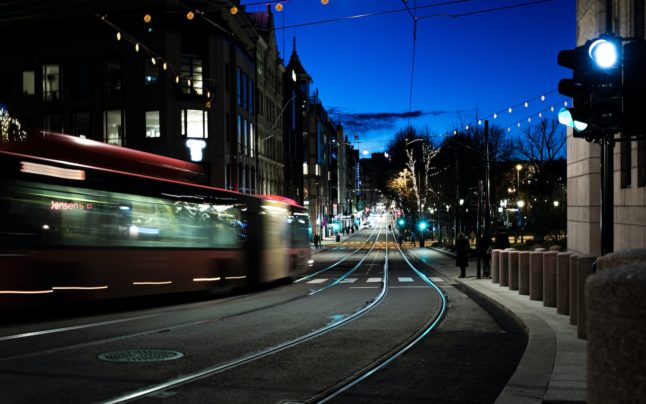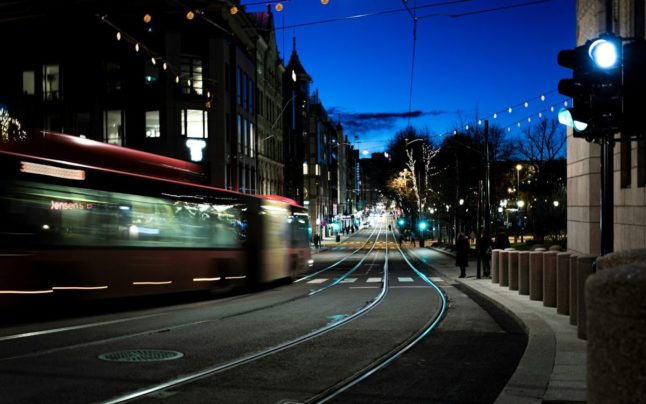Six vulnerable zones have been identified by the police, the majority of them in the east of the Norwegian capital.
According to a report in the Norwegian newspaper Klassekampen, two of the zones are Grønland and Tøyen and four locations in the districts of Stovner, Alna and Søndre Nordstrand.
Police have selected these areas based on indicators such as low income, low education, short residence in Norway and households with a single parent. Police also considered the level of police activity in the area and existing intelligence on criminal networks in these areas.
“The police do not ignore the fact that more vulnerable areas will be uncovered as a result of good intelligence and analysis,” John Roger Lund, head of the east police unit, told Klassekampen.
A research group at the Police Academy in Oslo would also work on identifying new areas to which the police should target their attention.
“Right now we are working on analysis of what may be exposed areas in Norway, based on similar analyses in Sweden and Denmark,” Manne Gerell, who researches crime and gang violence at the University of Malmö and the University of Oslo, said.
Research would also explore which crime prevention measures are the most effective for the police to pursue.



 Please whitelist us to continue reading.
Please whitelist us to continue reading.
Member comments